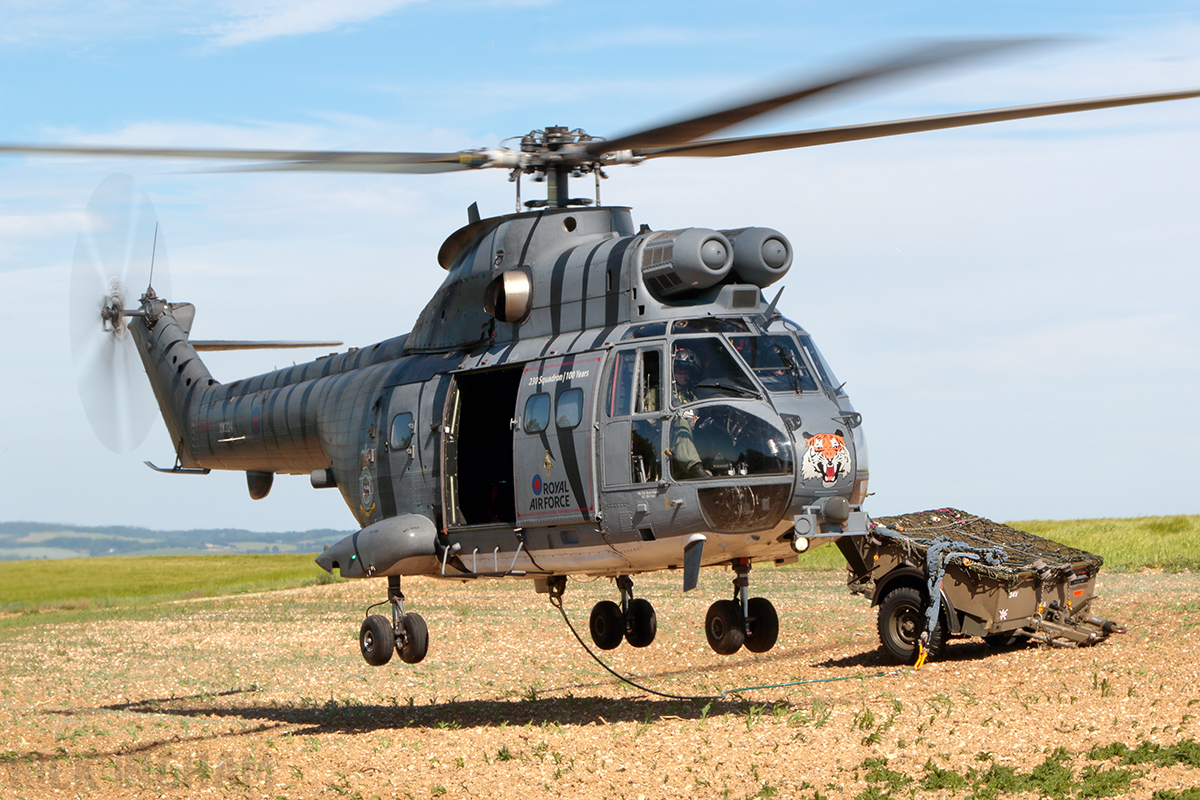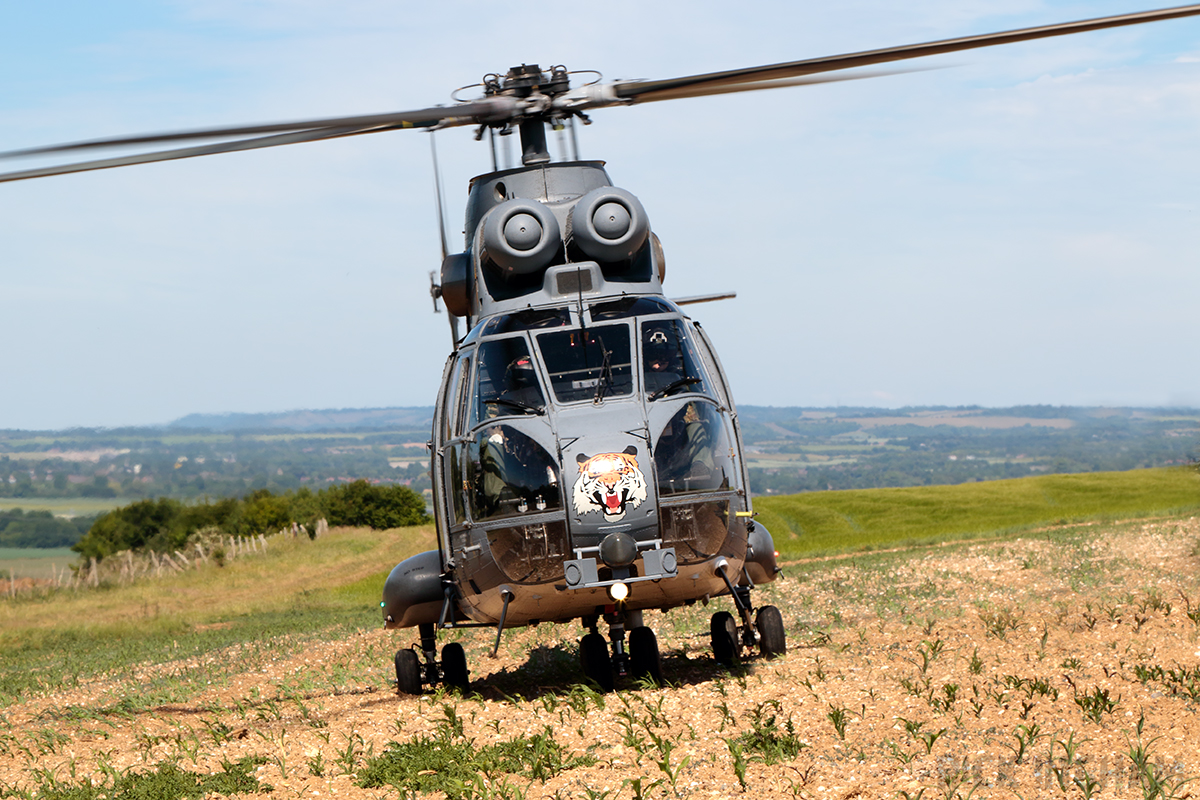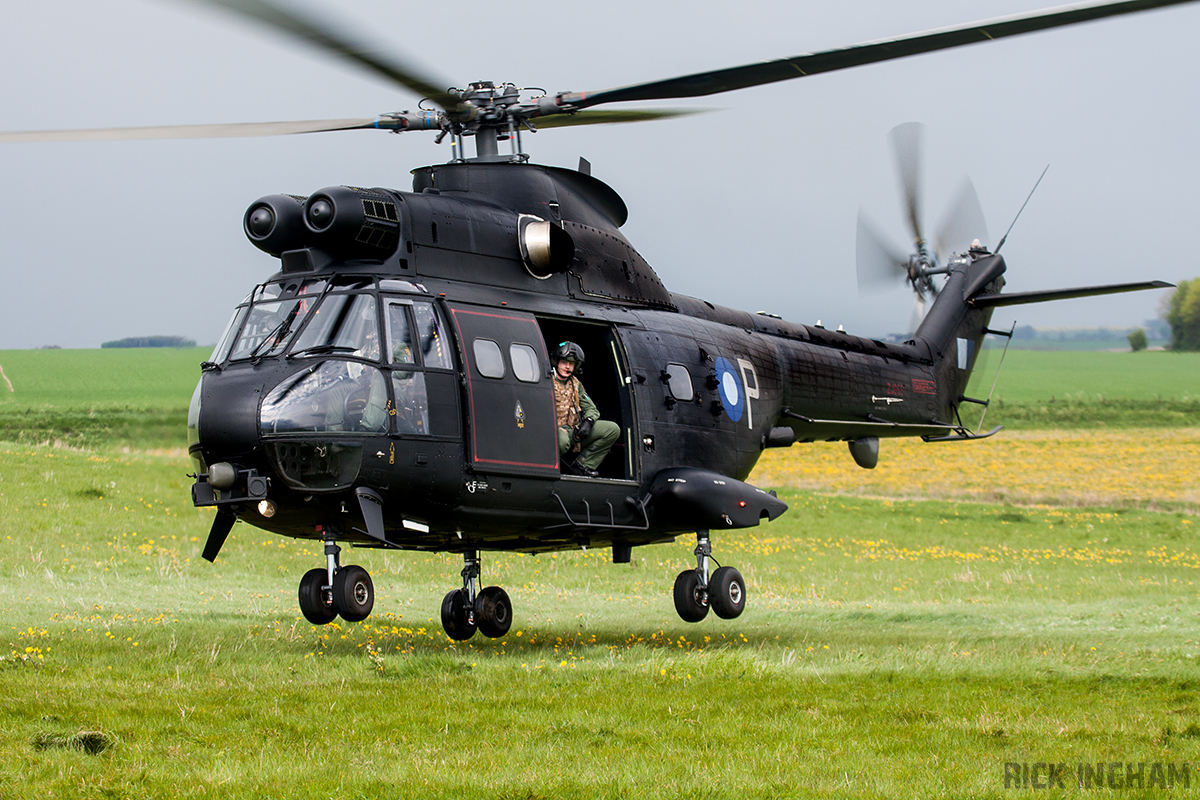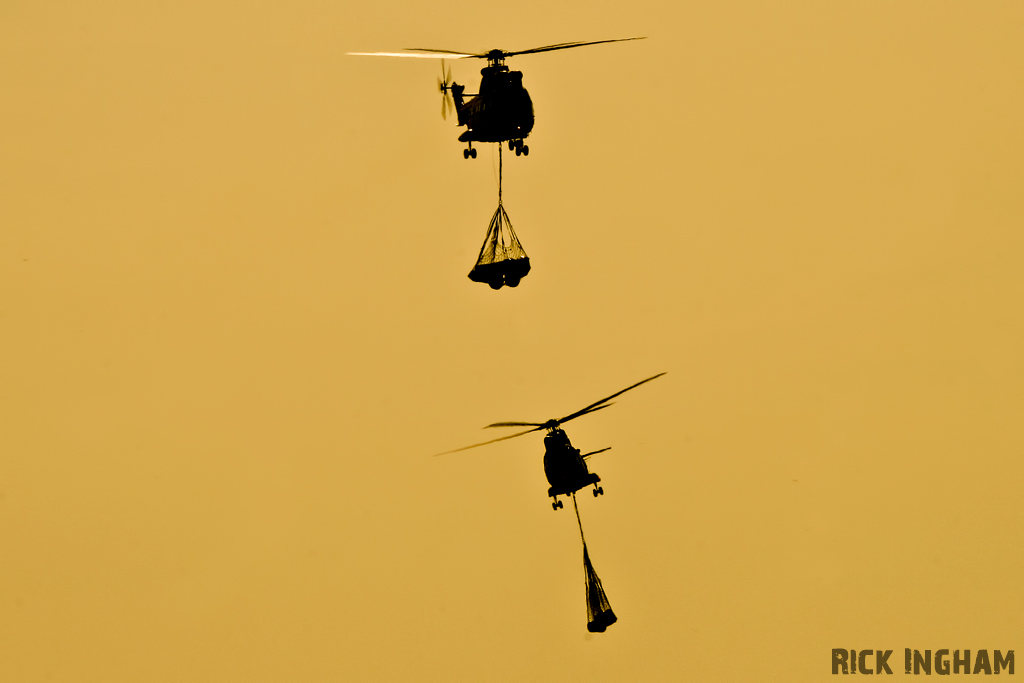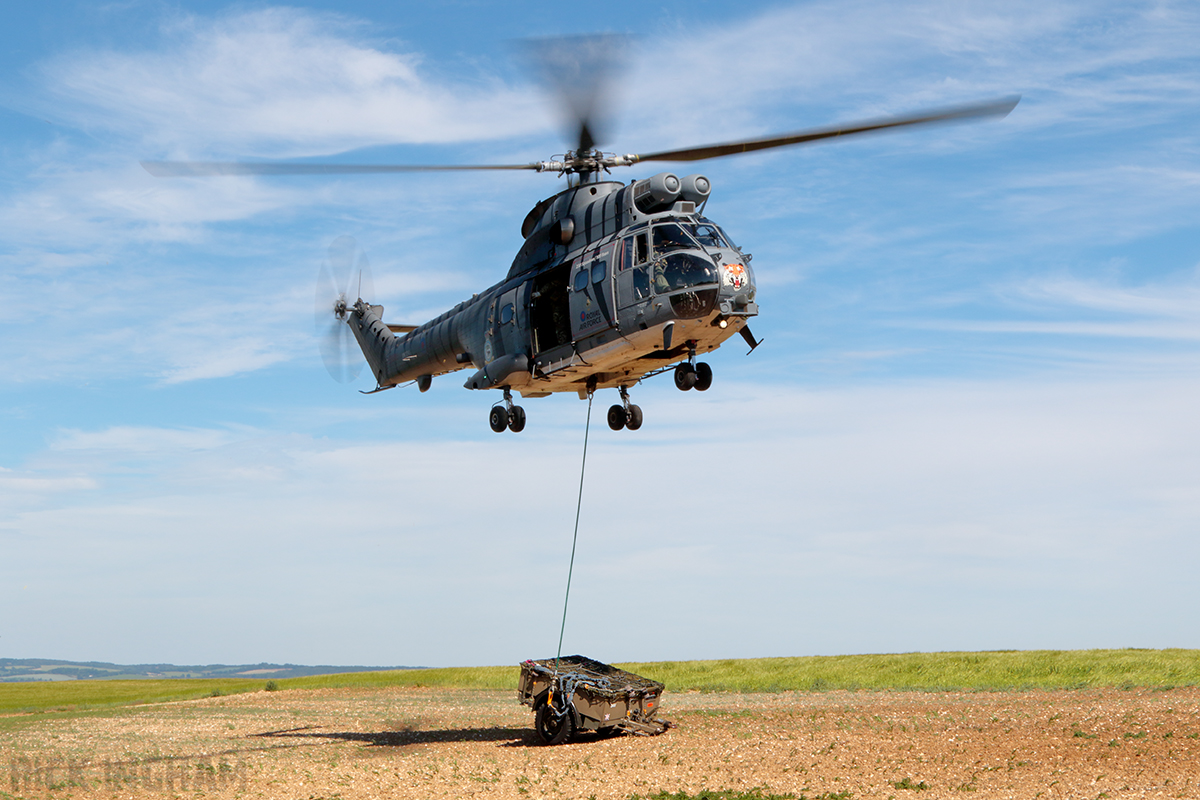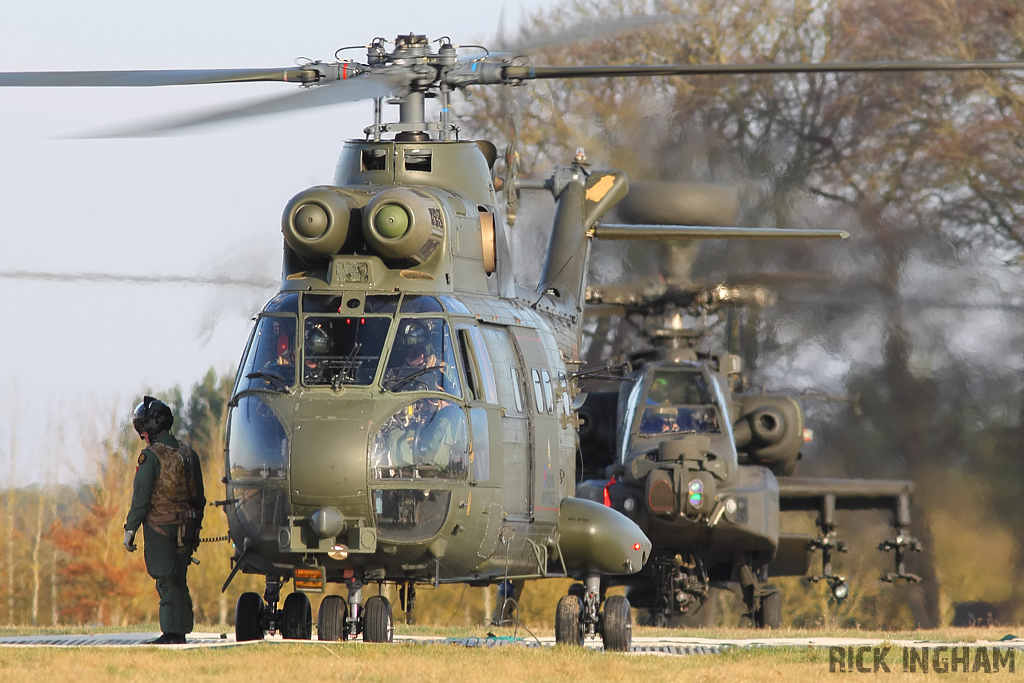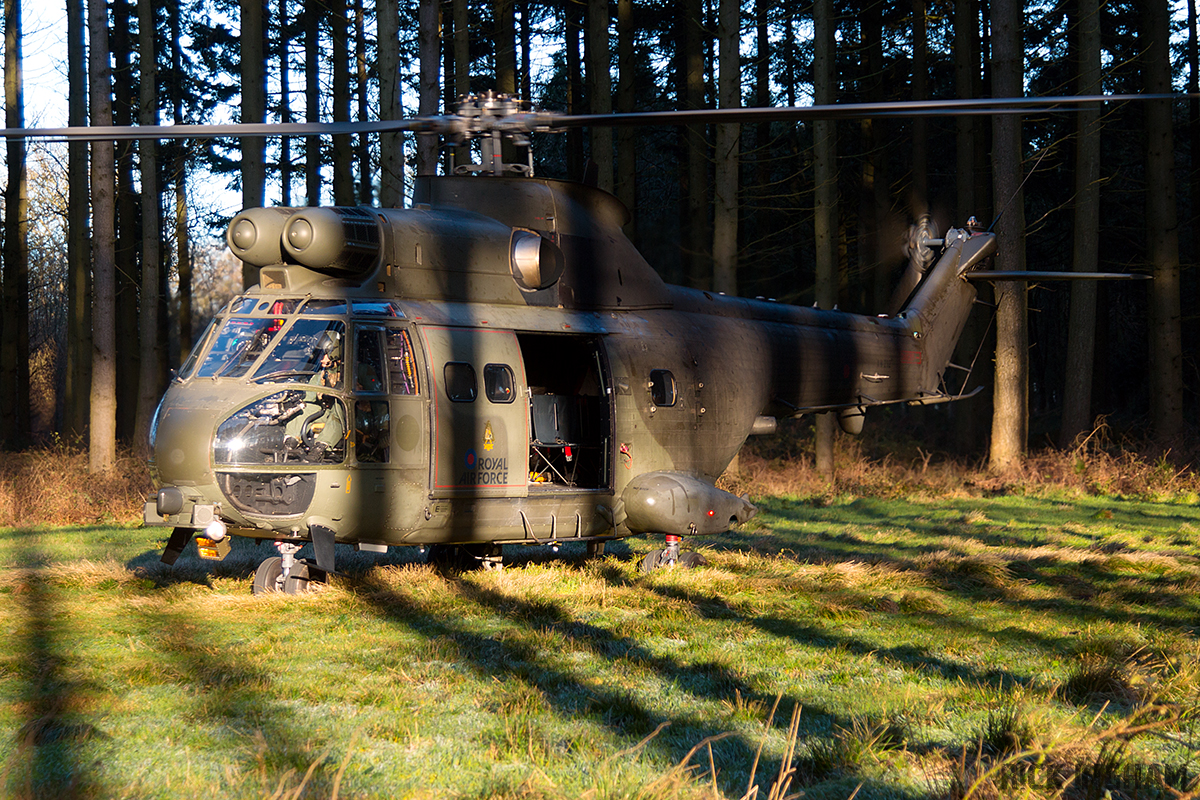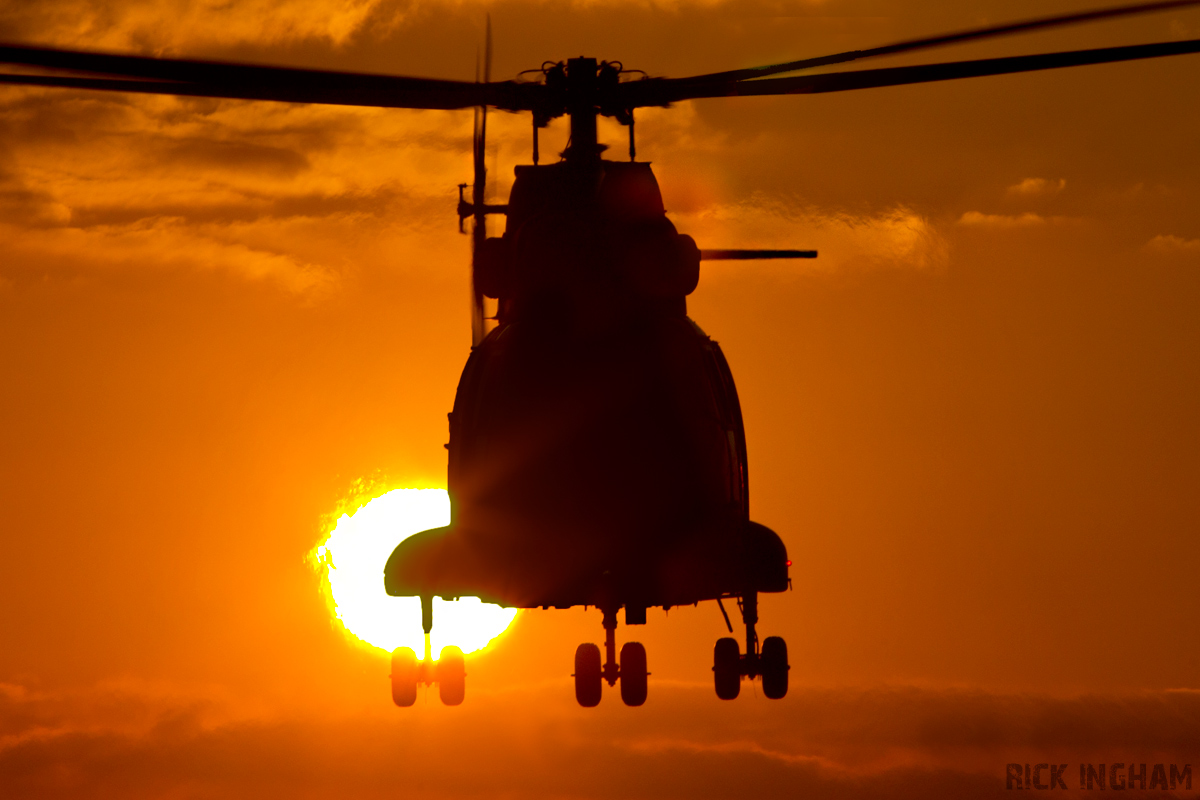230 Squadron was formed towards the end of World War I on 20th August 1918 at Felixstowe, made up of three Flights. 327 and 328 Flights flew Felixstowe F2 and F2A 'flying boats' and Fairey III's in the maritime reconnaissance role.
The third, 487 flight flew the Sopwith Camel for escort duties. Following the end of World War I, 230 Squadron was retained due to it's key location on the coast and were given the new Felixstowe F5 'flying boats'. 2 years later they moved to RAF Calshot to continue their coastal reconnaissance role and in 1923 were renumbered 480 flight and later on equipped with the Supermarine Southampton 'flying boat'.

December 1934 saw 230 Squadron reform at RAF Pembroke Dock with Short Singapore 'flying boats' which they operated from Aboukir, Alexandria and Lake Timsah. The Singapore was replaced after four years in 1938, making way for the infamous Short Sunderland, another flying boat. They would end up flying the Sunderland for 20 years until the squadron disbanded on 28th February 1957.

Breaking away from the flying boats, on 1st September 1958 215 Squadron based at Dishforth was renumbered 230 Squadron and used the Scottish Aviation Pioneer light transport aircraft and two years later the Twin Pioneer.
In June 1962, 230 Squadron began to take delivery of the Westland Whirlwind HAR10 helicopter, setting the way for the squadron's rich rotary aviation future which would lie ahead...
In January of the following year, 230 Squadron relcocated from Dishforth to RAF Gütersloh in West Germany. However two years later they returned to the UK before being sent to Borneo. In 1967 the Squadron returned to the UK and in November 1971 converted to the Westland Puma HC1 at RAF Odiham. In October 1980, the squadron moved back to RAF Gütersloh in Germany where they remained until being disbanded and reformed at RAF Aldergrove in Northern Ireland in April 1992 joining 72 Squadron who operated the Westland Wessex HC2. Due to the high temp of operations in Northern Ireland, 230 Squadron rotated with 33 Squadron in order to spread hours and fatigue evenly across the Puma fleet.
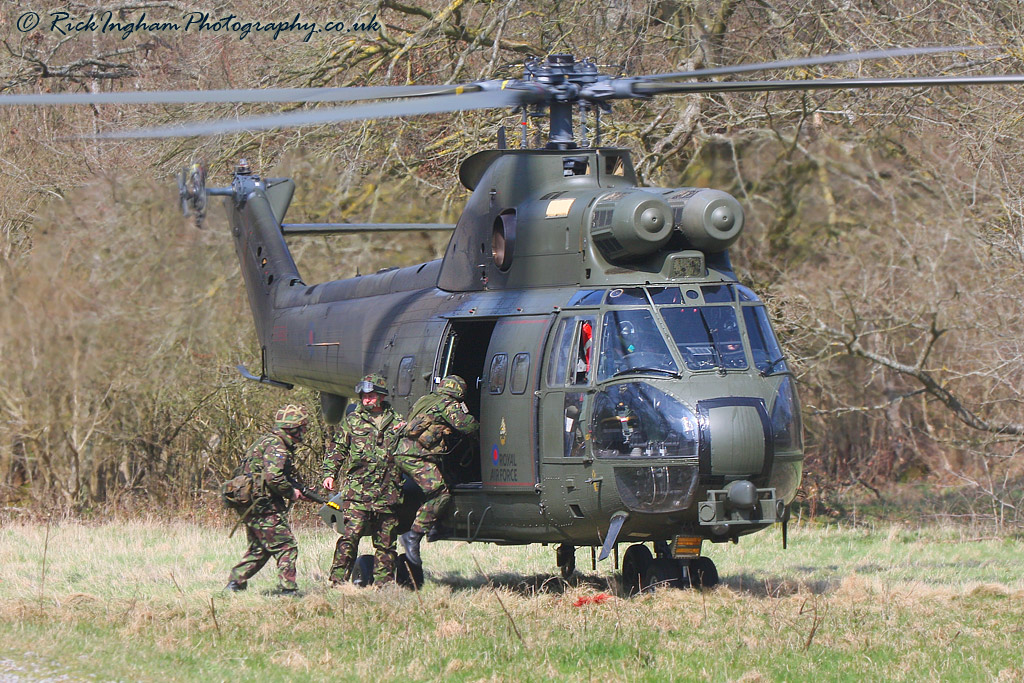
On 17 November 2009, 230 Squadron left Northern Ireland to join the already relocated 33 Squadron at RAF Benson in Oxfordshire, bringing an end to 17 years of the Puma in Northern Ireland.
December 2012 saw the Puma HC1 retired from service, with 24 airframes retained and upgraded to Puma HC2 standard and entered back into service. More can be read on the Puma HC2 upgrade >HERE< .

Since the upgrade, the Puma HC2 has been working hard in Afghanistan under Operation Toral, supporting the training and mentoring of Afghan Forces and providing force protection for NATO advisors and the Kabul Security Force.
The Puma2 was also able to be quickly transported out to the Caribbean islands to provide humanitarian support in the aftermath of Hurricane Irma in 2017. The small size of the aircraft meant it only required 4 hours to remove the rotors and prepare for storage then another 4 hours to reassemble and be flying out on missions.
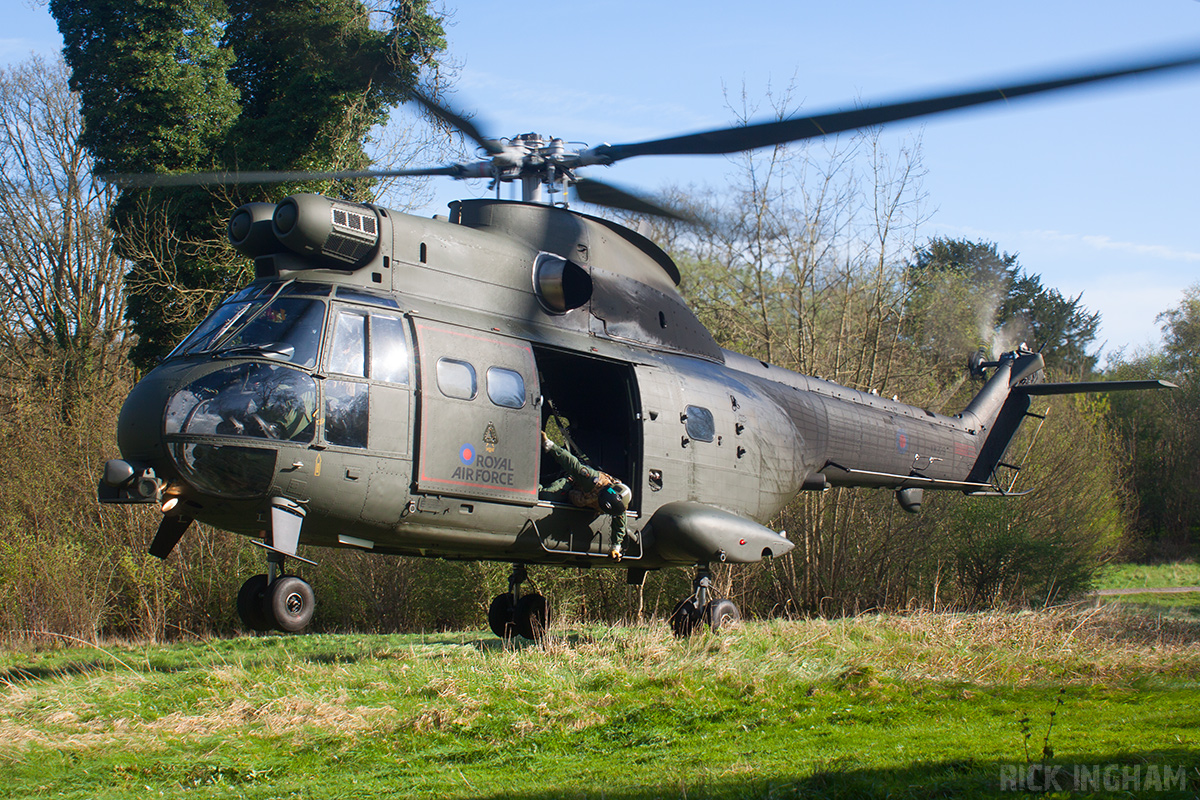
On October 11th 2015, a Puma HC2 crashed in Kabul, Afghanistan while supporting Op Toral. 230 Squadron Flt Lt Geraint Roberts and 33 Squadron Flt Lt Alan Scott died along with Gordon Emin, a security worker along with two US Personnel. The inquest found that the helicopter had hit the tether of a nearby surveillance balloon after being forced to overshoot and make another approach due to the Helicopter Landing Site (HLS) as people were playing football and didn't clear the area.

On 9th May 2018, the RAF revealed a special scheme applied to Puma HC2 XW224 to mark the 100th Anniversary of both the 230 Squadron and the Royal Air Force. The tiger stripes pay tribute to 230 Squadron's heritage as a Tiger Squadron which overlay a grey background. The grey is supposed to represent the colour that of "other RAF air mobility assets to highlight the key role the Puma Force play in battlefield and humanitarian operations, delivering vital aid, equipment and personnel" according to RAF Bensons media release. The original design was a black background much like the pervious 'Black Peter' scheme but with darker black tiger stripes and an orange tiger along the tail. However today's design is a half way between the designer's plans and the RAF wanting to plaster the RAF100 logo on a lot of their aircraft.

